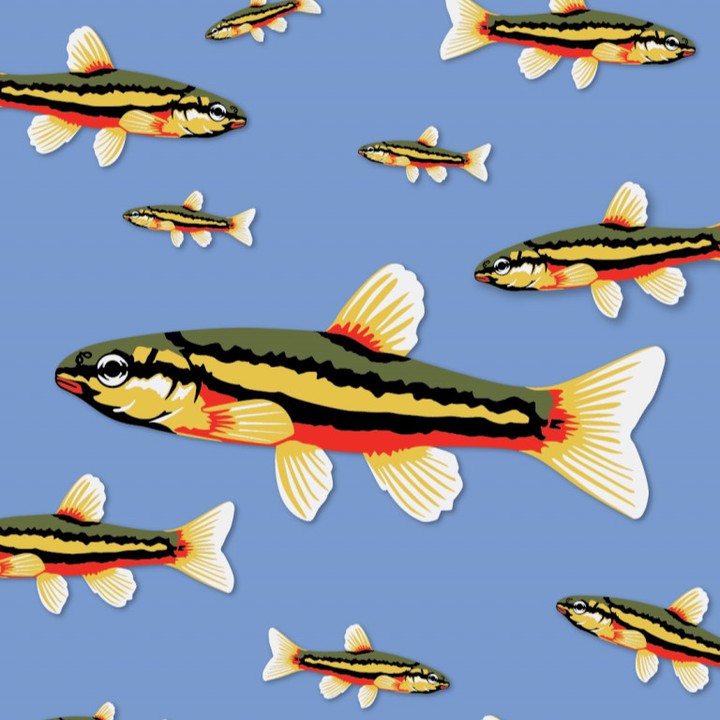- Importance of the Laurel Dace species and their conservation status in North America
- Description and role of the Laurel Dace Day event in conservation efforts
- How volunteers can contribute to the conservation of endangered fish
- The role of conservation organizations and strategies in protecting imperiled species
- Broader implications of freshwater fish conservation on ecosystems and biodiversity
Laurel Dace, an endangered fish species, is nestled within North America’s diverse aquatic ecosystems. These small, vibrantly colored fish are endemic to a narrow range of habitats in Tennessee. Their existence is threatened by habitat degradation, pollution, and climate change. Understanding their significance requires delving into their ecological role and the broader conservation challenges they face.
The Laurel Dace is an indicator species, meaning their health reflects the overall state of their environment. They thrive in clear, cool streams, relying on clean water and specific vegetation for breeding and sustenance. The degradation of these habitats leads to declining populations, highlighting the urgent need for focused conservation actions.
Conservation efforts are essential for improving the species’ precarious status. The Laurel Dace Day event, organized on May 17, 2025, aims to amplify these efforts through community involvement. This event invites volunteers to engage directly in activities that support habitat restoration and public awareness. Participants will have the opportunity to learn about freshwater ecosystems, engage in stream cleanup, and support breeding programs aiming to boost population numbers.
Volunteers play a critical role in conservation by providing the hands-on support needed to execute restoration projects. Their involvement aids in efforts such as removing invasive species, planting native vegetation, and monitoring water quality. By spreading awareness and educating the wider community, volunteers help create a more informed public, fostering greater support for conservation initiatives.
Organizations working in wildlife conservation implement various strategies to protect endangered species like the Laurel Dace. These strategies include habitat restoration, legislative advocacy, and scientific research. Collaborative efforts between government agencies, NGOs, and local communities are imperative for successful conservation outcomes. Restoration of natural habitats not only benefits the targeted species but also supports other flora and fauna, promoting biodiversity and ecosystem stability.
Freshwater fish conservation is not just about preserving one species; it reflects broader ecological health. Streams and rivers contribute significantly to biodiversity. Protecting these habitats helps maintain water quality, supports other aquatic organisms, and provides resources for human communities. As freshwater habitats face increasing pressures, efforts to preserve species like the Laurel Dace can serve as a model for broader ecosystem conservation.
The Laurel Dace, though small, carries significant ecological and educational importance. Conservation initiatives and public engagement events, like Laurel Dace Day, highlight how local actions resonate within larger environmental efforts. By participating in and supporting these endeavors, individuals contribute to the preservation of North America’s most imperiled fish, fostering global biodiversity conservation.
*****
Source Description
Want to help support our efforts to protect one of North America’s most imperiled fish? Our Conservation team is seeking volunteers for the Laurel Dace Day event on May 17, 2025! Follow the link in our bio to learn more.


